Opinion & Analysis
Using gravity to train your posture and golf swing
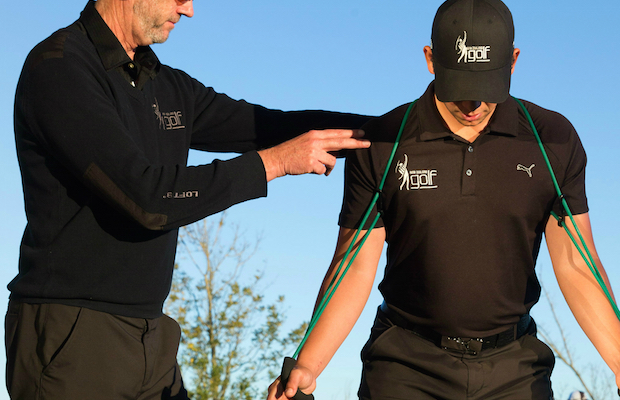
In this article, I’m going to talk about an exercise modality and tools created by a company called Gravity Fit. I have been incorporating their techniques, combined with more traditional strength and conditioning movements, more and more often into my day-to-day training of golfers. The reason I’m using it more frequently is that I keep seeing golfers of all levels improve their awareness, movement quality and stability at a much faster rate than when I was using previous techniques, and the exercise modality and tools are now more accessible for the average club golfer than ever.
Essentially, the principle of Gravity Fit is that if we simulate and even ramp up the effect of gravity on our bodies, while aiming for perfect postural control and joint stability in our movements, then we can make our body extremely posturally strong and stable while dramatically reducing our risk of injury. In theory, this means having more control in our golf swing, too.
The science behind this working model of using gravity to make us stronger and more stable can get technical very quickly. From space research, we now know that we have a specialized “sensory-feedback” system related to gravity that can also influence the way we optimize the golf swing. Gravity sensory information is specifically related to how the sensation of gravity is picked up by receptors in joint structures and leads to an increase in tone or springiness of the muscles of the trunk working more statically to provide proximal stability or a firm and flexible anchor for whole body movement.
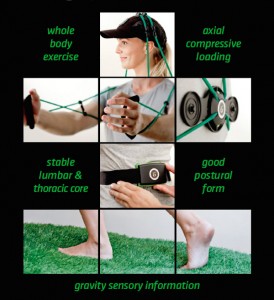 For those of you without formal qualifications in anatomy/physiology, what this essentially means is that we have a whole bunch of deep stabilizer muscles that are located close to the spine, pelvis and shoulder girdle. They respond to gravity and/or a simulated gravity that comes from a closed-chain exercise (think of the squat, push up, or overhead press as examples). Gravity Fit proposes that we don’t get enough of this stimulus as increasingly sedentary beings, and that sports like golf don’t really help either. Golf is an open-chain movement and provides very little of the closed-chain compressive load to which those deep stabilizer muscles respond so well.
For those of you without formal qualifications in anatomy/physiology, what this essentially means is that we have a whole bunch of deep stabilizer muscles that are located close to the spine, pelvis and shoulder girdle. They respond to gravity and/or a simulated gravity that comes from a closed-chain exercise (think of the squat, push up, or overhead press as examples). Gravity Fit proposes that we don’t get enough of this stimulus as increasingly sedentary beings, and that sports like golf don’t really help either. Golf is an open-chain movement and provides very little of the closed-chain compressive load to which those deep stabilizer muscles respond so well.
The Gravity Fit system of exercise progressively increases the sensory effect of gravity based on a standardized exercise model, and incorporates this science into an upright, whole body training program using custom-designed pieces of equipment. I’m going to show you one example using each piece of kit that addresses the different postural, stability, and movement quality needs in three different golfers.
Example 1: Using Audio Feedback to Train the Core
This example features a piece of equipment called the Core Awareness Belt. As you can see in the image below, this is a belt that circles the lumbar area with a pressure sensor in line with the belly button. The genius of this design is the sensor picks up small changes in abdominal pressure that are a dead giveaway as to whether you are using the muscles of you lumbar core effectively. Basically, when the lumbar core isn’t working properly, it pushes outward and the Telme Buzzer emits a beeping noise, giving instant feedback to both the user and the trainer.
Below is a video of a young Australian golfer who has traditionally struggled with control in his lumbar core, which can negatively affect how he moves during the golf swing. In the video, he is aiming to rotate into his backswing while keeping the buzzer quiet. We established with his coach that if his lumbar core is working properly then the quality of the initial part of his backswing improves, which has massive consequences for how his body moves in the rest of swing.
What you can see (as well as his very impressive golf tan) is that he is doing a pretty good job with this drill, but it took a fair bit of work to get him to this stage. At one point he was getting very frustrated with the buzzer noise going off almost continually until he started to master the activation in increasingly complex movements.
Example 2: Proving Kinesthetic Feedback to Train the Scapula and Upper Spine
This example features a piece of equipment called the Thoracic Pro. It provides feedback to the upper spine and shoulder blades through touch. The pressure from the green spikes tell you if your spine is in the correct position and the paddles on the side give awareness of your shoulder blades.
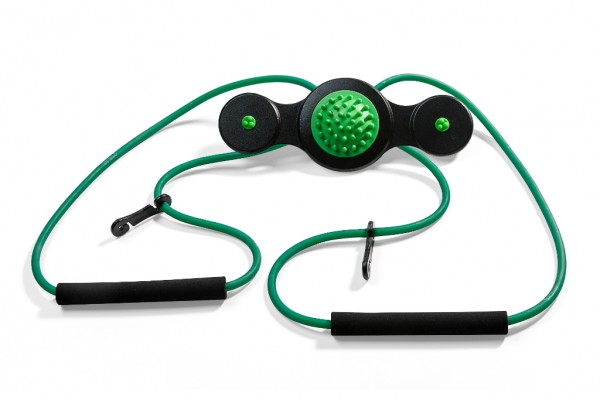 In this example, we have a player who is a big unit: very strong and athletic. He has a tendency to lose his thoracic (upper back) curve and get a very straight spine (those thoracic extensors taking over), often losing control of his scapulae (shoulder blades), too. This is less than ideal for a player who is looking to match up his arm and body movements better in his swing.
In this example, we have a player who is a big unit: very strong and athletic. He has a tendency to lose his thoracic (upper back) curve and get a very straight spine (those thoracic extensors taking over), often losing control of his scapulae (shoulder blades), too. This is less than ideal for a player who is looking to match up his arm and body movements better in his swing.
The picture below shows our man doing a classic closed-chain exercise — the push up — using the Thoracic Pro and the Core Awareness Belt. The aim is to keep the spikes in the middle of the back-bow connected to the spine and the scapulae connected to the paddles, while also keeping the buzzer on the Core Awareness Belt nice and quiet. This brings in a whole new element of challenge and focus to an exercise that would otherwise be very easy for this player.
Example 3: Sorting Out a Grumpy Lower Back
This example actually features myself (I just about scrape into the category of being a golfer) and my low back giving me a bit of bother. Upping the amount of practice, lifting heavy and neglecting my posture at work had left me with a tight and sore low back that wasn’t really responding to self massage using a spiky ball or foam roller. I decided it was time to back off the lifts for a few days and start using the Gravity Cap twice a day. In the images below you can see me demonstrating the exercise combo I used, basically just standing, walking and knee lifts, which looks so simple… but there is some hidden magic in the application of the Gravity Cap.
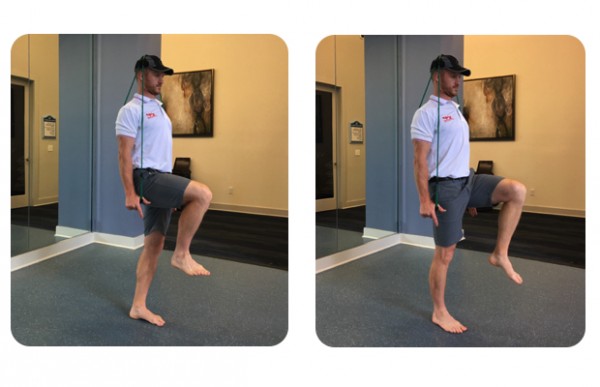 Essentially the Gravity Cap gives me the cue to stand tall, drawing the spine out of the pelvis, feeling as though I’m lengthening my spine. What is actually happening? The increased gravity stimulus delivered by the band pressure on the crown of the skull, combined with my feeling of standing tall, is firing up the gravity muscles (stabilizer) close to my spine. Having these muscles more active then allows the tight superficial movement muscles in the low back to calm down and let go of their death grip on my spine.
Essentially the Gravity Cap gives me the cue to stand tall, drawing the spine out of the pelvis, feeling as though I’m lengthening my spine. What is actually happening? The increased gravity stimulus delivered by the band pressure on the crown of the skull, combined with my feeling of standing tall, is firing up the gravity muscles (stabilizer) close to my spine. Having these muscles more active then allows the tight superficial movement muscles in the low back to calm down and let go of their death grip on my spine.
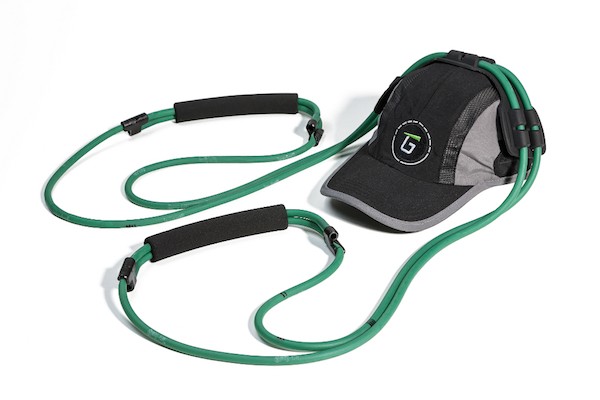 These three examples are just some of the ways in which it’s possible to use the Gravity Fit training tools and techniques to help golfers train their posture and quality of movement in the golf swing. To take a look at Gravity Fit’s stuff yourself click here, or alternatively stick with GolfWRX to see how featured writer Kane Cochran used it to improve his game.
These three examples are just some of the ways in which it’s possible to use the Gravity Fit training tools and techniques to help golfers train their posture and quality of movement in the golf swing. To take a look at Gravity Fit’s stuff yourself click here, or alternatively stick with GolfWRX to see how featured writer Kane Cochran used it to improve his game.
- LIKE27
- LEGIT3
- WOW1
- LOL0
- IDHT0
- FLOP5
- OB0
- SHANK53
19th Hole
Vincenzi’s 2024 Zurich Classic of New Orleans betting preview

The PGA TOUR heads to New Orleans to play the 2023 Zurich Classic of New Orleans. In a welcome change from the usual stroke play, the Zurich Classic is a team event. On Thursday and Saturday, the teams play best ball, and on Friday and Sunday the teams play alternate shot.
TPC Louisiana is a par 72 that measures 7,425 yards. The course features some short par 4s and plenty of water and bunkers, which makes for a lot of exciting risk/reward scenarios for competitors. Pete Dye designed the course in 2004 specifically for the Zurich Classic, although the event didn’t make its debut until 2007 because of Hurricane Katrina.
Coming off of the Masters and a signature event in consecutive weeks, the field this week is a step down, and understandably so. Many of the world’s top players will be using this time to rest after a busy stretch.
However, there are some interesting teams this season with some stars making surprise appearances in the team event. Some notable teams include Patrick Cantlay and Xander Schauffele, Rory McIlroy and Shane Lowry, Collin Morikawa and Kurt Kitayama, Will Zalatoris and Sahith Theegala as well as a few Canadian teams, Nick Taylor and Adam Hadwin and Taylor Pendrith and Corey Conners.
Past Winners at TPC Louisiana
- 2023: Riley/Hardy (-30)
- 2022: Cantlay/Schauffele (-29)
- 2021: Leishman/Smith (-20)
- 2019: Palmer/Rahm (-26)
- 2018: Horschel/Piercy (-22)
- 2017: Blixt/Smith (-27)
2024 Zurich Classic of New Orleans Picks
Tom Hoge/Maverick McNealy +2500 (DraftKings)
Tom Hoge is coming off of a solid T18 finish at the RBC Heritage and finished T13 at last year’s Zurich Classic alongside Harris English.
This season, Hoge is having one of his best years on Tour in terms of Strokes Gained: Approach. In his last 24 rounds, the only player to top him on the category is Scottie Scheffler. Hoge has been solid on Pete Dye designs, ranking 28th in the field over his past 36 rounds.
McNealy is also having a solid season. He’s finished T6 at the Waste Management Phoenix Open and T9 at the PLAYERS Championship. He recently started working with world renowned swing coach, Butch Harmon, and its seemingly paid dividends in 2024.
Keith Mitchell/Joel Dahmen +4000 (DraftKings)
Keith Mitchell is having a fantastic season, finishing in the top-20 of five of his past seven starts on Tour. Most recently, Mitchell finished T14 at the Valero Texas Open and gained a whopping 6.0 strokes off the tee. He finished 6th at last year’s Zurich Classic.
Joel Dahmen is having a resurgent year and has been dialed in with his irons. He also has a T11 finish at the PLAYERS Championship at TPC Sawgrass which is another Pete Dye track. With Mitchell’s length and Dahmen’s ability to put it close with his short irons, the Mitchell/Dahmen combination will be dangerous this week.
Taylor Moore/Matt NeSmith +6500 (DraftKings)
Taylor Moore has quickly developed into one of the more consistent players on Tour. He’s finished in the top-20 in three of his past four starts, including a very impressive showing at The Masters, finishing T20. He’s also finished T4 at this event in consecutive seasons alongside Matt NeSmith.
NeSmith isn’t having a great 2024, but has seemed to elevate his game in this format. He finished T26 at Pete Dye’s TPC Sawgrass, which gives the 30-year-old something to build off of. NeSmith is also a great putter on Bermudagrass, which could help elevate Moore’s ball striking prowess.
- LIKE6
- LEGIT2
- WOW1
- LOL0
- IDHT0
- FLOP2
- OB1
- SHANK1
19th Hole
Vincenzi’s 2024 LIV Adelaide betting preview: Cam Smith ready for big week down under

After having four of the top twelve players on the leaderboard at The Masters, LIV Golf is set for their fifth event of the season: LIV Adelaide.
For both LIV fans and golf fans in Australia, LIV Adelaide is one of the most anticipated events of the year. With 35,000 people expected to attend each day of the tournament, the Grange Golf Club will be crawling with fans who are passionate about the sport of golf. The 12th hole, better known as “the watering hole”, is sure to have the rowdiest of the fans cheering after a long day of drinking some Leishman Lager.
The Grange Golf Club is a par-72 that measures 6,946 yards. The course features minimal resistance, as golfers went extremely low last season. In 2023, Talor Gooch shot consecutive rounds of 62 on Thursday and Friday, giving himself a gigantic cushion heading into championship Sunday. Things got tight for a while, but in the end, the Oklahoma State product was able to hold off The Crushers’ Anirban Lahiri for a three-shot victory.
The Four Aces won the team competition with the Range Goats finishing second.
*All Images Courtesy of LIV Golf*
Past Winners at LIV Adelaide
- 2023: Talor Gooch (-19)
Stat Leaders Through LIV Miami
Green in Regulation
- Richard Bland
- Jon Rahm
- Paul Casey
Fairways Hit
- Abraham Ancer
- Graeme McDowell
- Henrik Stenson
Driving Distance
- Bryson DeChambeau
- Joaquin Niemann
- Dean Burmester
Putting
- Cameron Smith
- Louis Oosthuizen
- Matt Jones
2024 LIV Adelaide Picks
Cameron Smith +1400 (DraftKings)
When I pulled up the odds for LIV Adelaide, I was more than a little surprised to see multiple golfers listed ahead of Cameron Smith on the betting board. A few starts ago, Cam finished runner-up at LIV Hong Kong, which is a golf course that absolutely suits his eye. Augusta National in another course that Smith could roll out of bed and finish in the top-ten at, and he did so two weeks ago at The Masters, finishing T6.
At Augusta, he gained strokes on the field on approach, off the tee (slightly), and of course, around the green and putting. Smith able to get in the mix at a major championship despite coming into the week feeling under the weather tells me that his game is once again rounding into form.
The Grange Golf Club is another course that undoubtedly suits the Australian. Smith is obviously incredibly comfortable playing in front of the Aussie faithful and has won three Australian PGA Championship’s. The course is very short and will allow Smith to play conservative off the tee, mitigating his most glaring weakness. With birdies available all over the golf course, there’s a chance the event turns into a putting contest, and there’s no one on the planet I’d rather have in one of those than Cam Smith.

Louis Oosthuizen +2200 (DraftKings)
Louis Oosthuizen has simply been one of the best players on LIV in the 2024 seas0n. The South African has finished in the top-10 on the LIV leaderboard in three of his five starts, with his best coming in Jeddah, where he finished T2. Perhaps more impressively, Oosthuizen finished T7 at LIV Miami, which took place at Doral’s “Blue Monster”, an absolutely massive golf course. Given that Louis is on the shorter side in terms of distance off the tee, his ability to play well in Miami shows how dialed he is with the irons this season.
In addition to the LIV finishes, Oosthuizen won back-to-back starts on the DP World Tour in December at the Alfred Dunhill Championship and the Mauritus Open. He also finished runner-up at the end of February in the International Series Oman. The 41-year-old has been one of the most consistent performers of 2024, regardless of tour.
For the season, Louis ranks 4th on LIV in birdies made, T9 in fairways hit and first in putting. He ranks 32nd in driving distance, but that won’t be an issue at this short course. Last season, he finished T11 at the event, but was in decent position going into the final round but fell back after shooting 70 while the rest of the field went low. This season, Oosthuizen comes into the event in peak form, and the course should be a perfect fit for his smooth swing and hot putter this week.

- LIKE10
- LEGIT3
- WOW0
- LOL1
- IDHT0
- FLOP1
- OB1
- SHANK1
Opinion & Analysis
The Wedge Guy: What really makes a wedge work? Part 1

Of all the clubs in our bags, wedges are almost always the simplest in construction and, therefore, the easiest to analyze what might make one work differently from another if you know what to look for.
Wedges are a lot less mysterious than drivers, of course, as the major brands are working with a lot of “pixie dust” inside these modern marvels. That’s carrying over more to irons now, with so many new models featuring internal multi-material technologies, and almost all of them having a “badge” or insert in the back to allow more complex graphics while hiding the actual distribution of mass.
But when it comes to wedges, most on the market today are still single pieces of molded steel, either cast or forged into that shape. So, if you look closely at where the mass is distributed, it’s pretty clear how that wedge is going to perform.
To start, because of their wider soles, the majority of the mass of almost any wedge is along the bottom third of the clubhead. So, the best wedge shots are always those hit between the 2nd and 5th grooves so that more mass is directly behind that impact. Elite tour professionals practice incessantly to learn to do that consistently, wearing out a spot about the size of a penny right there. If impact moves higher than that, the face is dramatically thinner, so smash factor is compromised significantly, which reduces the overall distance the ball will fly.
Every one of us, tour players included, knows that maddening shot that we feel a bit high on the face and it doesn’t go anywhere, it’s not your fault.
If your wedges show a wear pattern the size of a silver dollar, and centered above the 3rd or 4th groove, you are not getting anywhere near the same performance from shot to shot. Robot testing proves impact even two to three grooves higher in the face can cause distance loss of up to 35 to 55 feet with modern ‘tour design’ wedges.
In addition, as impact moves above the center of mass, the golf club principle of gear effect causes the ball to fly higher with less spin. Think of modern drivers for a minute. The “holy grail” of driving is high launch and low spin, and the driver engineers are pulling out all stops to get the mass as low in the clubhead as possible to optimize this combination.
Where is all the mass in your wedges? Low. So, disregarding the higher lofts, wedges “want” to launch the ball high with low spin – exactly the opposite of what good wedge play requires penetrating ball flight with high spin.
While almost all major brand wedges have begun putting a tiny bit more thickness in the top portion of the clubhead, conventional and modern ‘tour design’ wedges perform pretty much like they always have. Elite players learn to hit those crisp, spinny penetrating wedge shots by spending lots of practice time learning to consistently make contact low in the face.
So, what about grooves and face texture?
Grooves on any club can only do so much, and no one has any material advantage here. The USGA tightly defines what we manufacturers can do with grooves and face texture, and modern manufacturing techniques allow all of us to push those limits ever closer. And we all do. End of story.
Then there’s the topic of bounce and grinds, the most complex and confusing part of the wedge formula. Many top brands offer a complex array of sole configurations, all of them admittedly specialized to a particular kind of lie or turf conditions, and/or a particular divot pattern.
But if you don’t play the same turf all the time, and make the same size divot on every swing, how would you ever figure this out?
The only way is to take any wedge you are considering and play it a few rounds, hitting all the shots you face and observing the results. There’s simply no other way.
So, hopefully this will inspire a lively conversation in our comments section, and I’ll chime in to answer any questions you might have.
And next week, I’ll dive into the rest of the wedge formula. Yes, shafts, grips and specifications are essential, too.
- LIKE31
- LEGIT7
- WOW1
- LOL1
- IDHT2
- FLOP3
- OB1
- SHANK3
-

 19th Hole2 weeks ago
19th Hole2 weeks agoDave Portnoy places monstrous outright bet for the 2024 Masters
-

 19th Hole2 weeks ago
19th Hole2 weeks agoTiger Woods arrives at 2024 Masters equipped with a putter that may surprise you
-

 19th Hole21 hours ago
19th Hole21 hours ago‘Absolutely crazy’ – Major champ lays into Patrick Cantlay over his decision on final hole of RBC Heritage
-

 19th Hole3 weeks ago
19th Hole3 weeks agoReport: Tiger Woods has ‘eliminated sex’ in preparation for the 2024 Masters
-

 19th Hole1 week ago
19th Hole1 week agoTwo star names reportedly blanked Jon Rahm all week at the Masters
-

 19th Hole1 week ago
19th Hole1 week agoReport: LIV Golf identifies latest star name they hope to sign to breakaway tour
-

 19th Hole1 week ago
19th Hole1 week agoNeal Shipley presser ends in awkward fashion after reporter claims Tiger handed him note on 8th fairway
-

 19th Hole6 days ago
19th Hole6 days agoBrandel Chamblee has ‘no doubt’ who started the McIlroy/LIV rumor and why

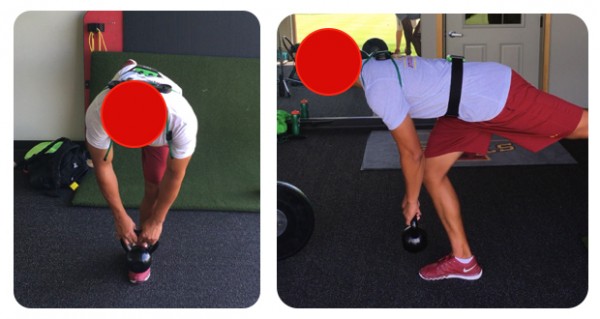
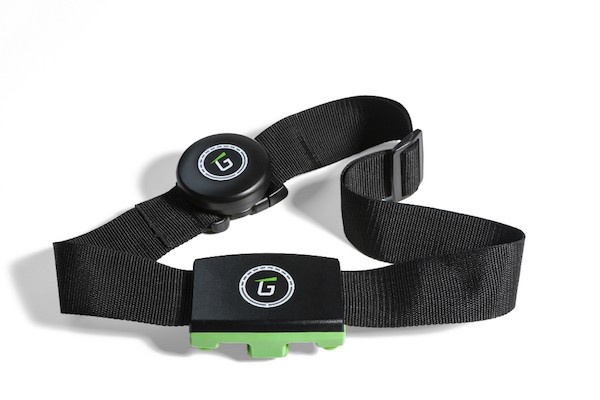
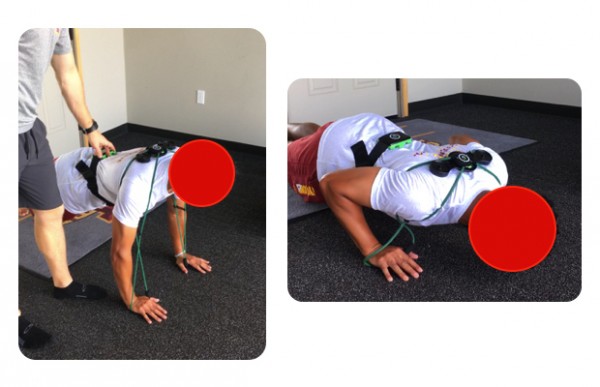
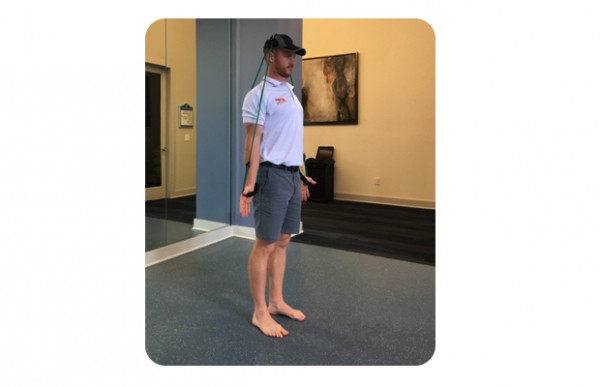



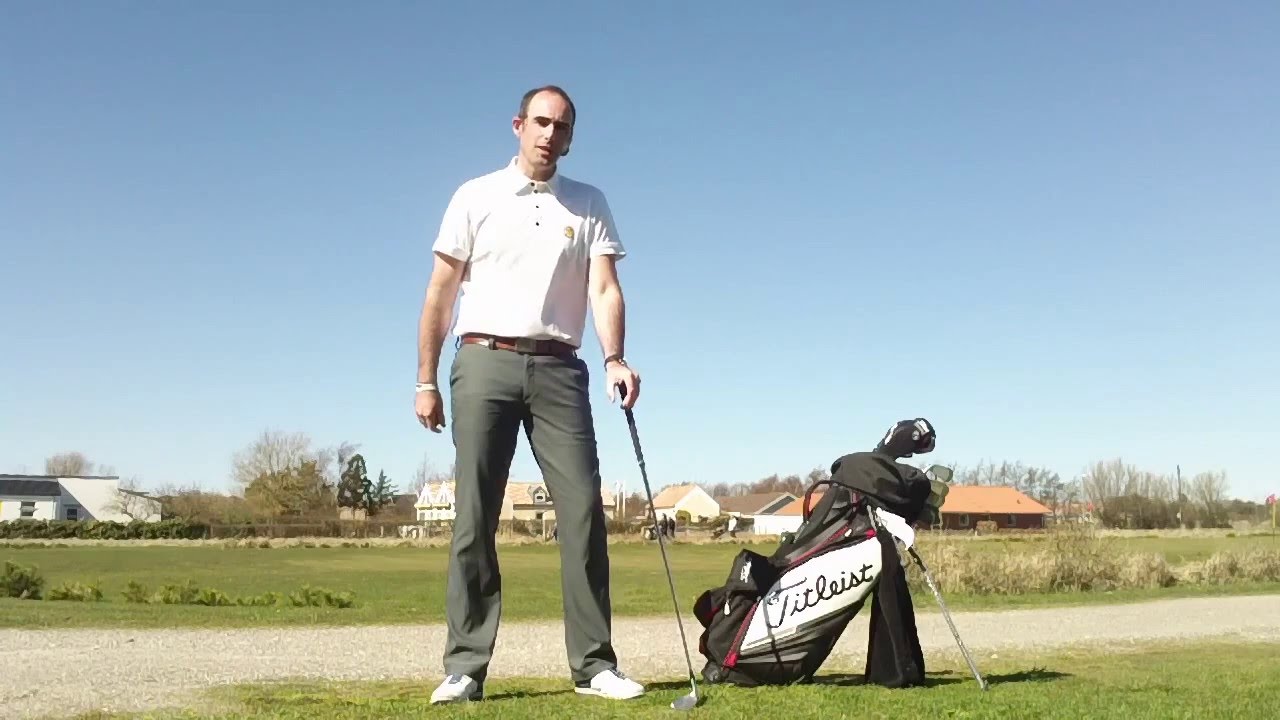
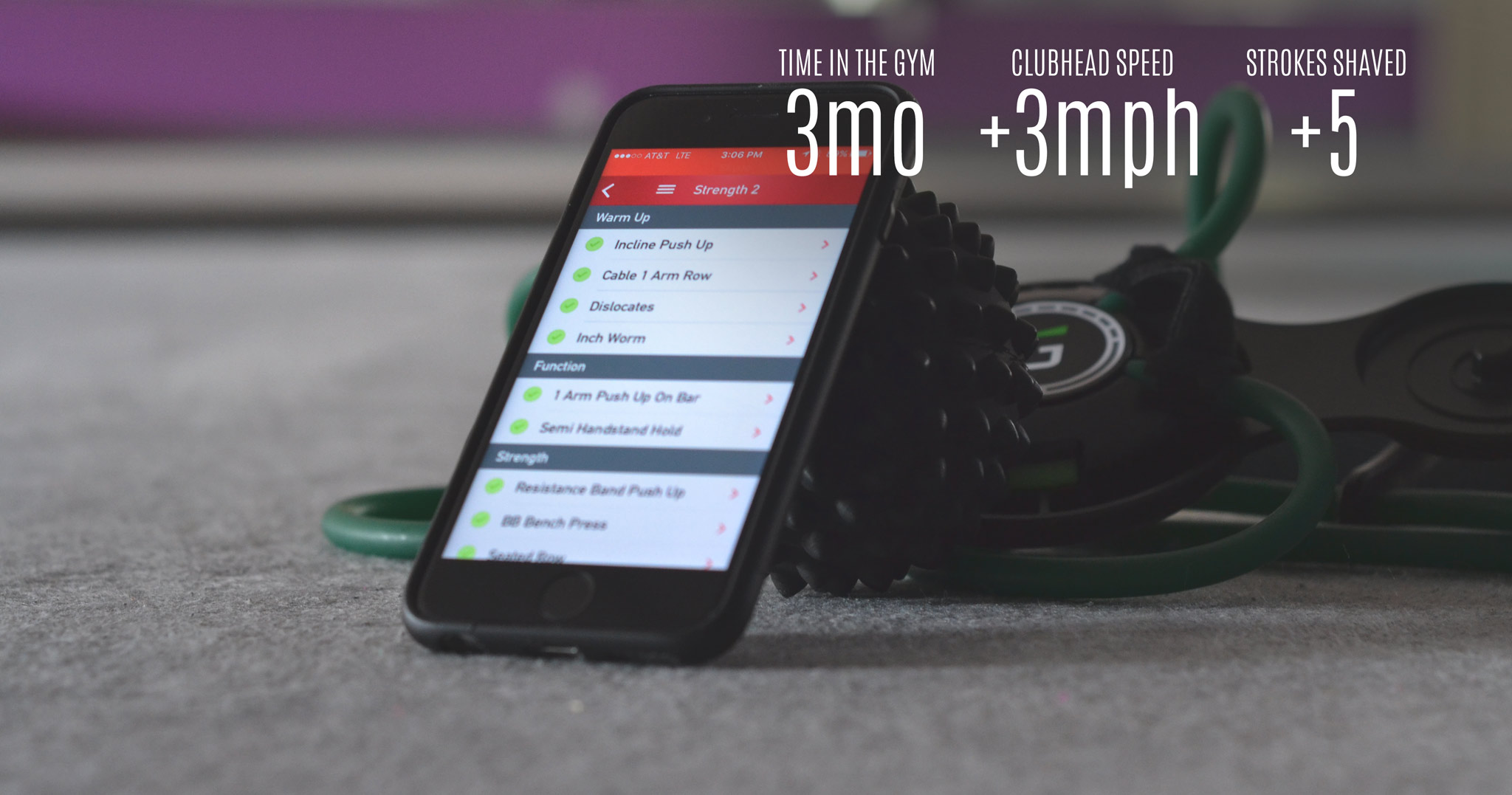
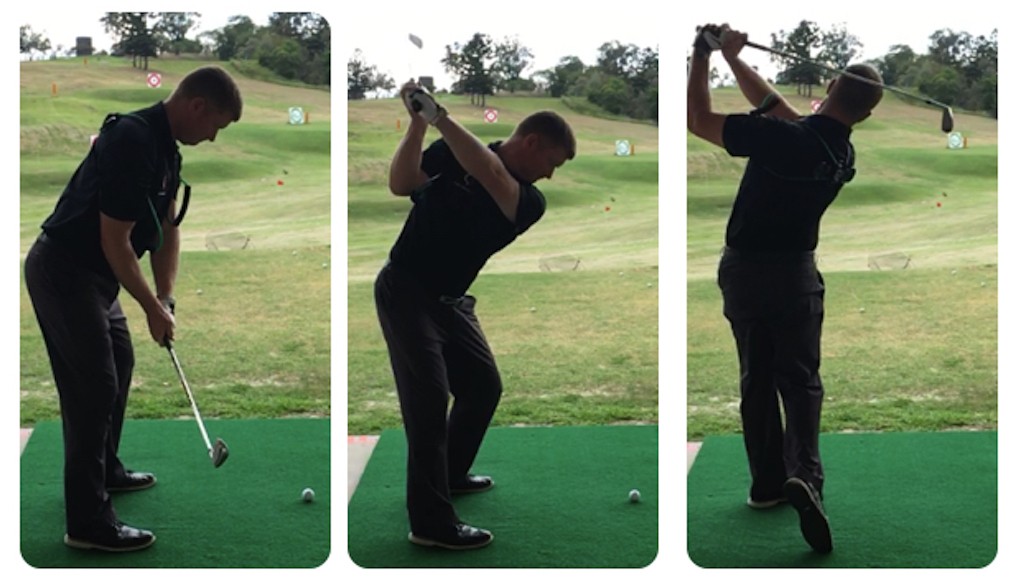
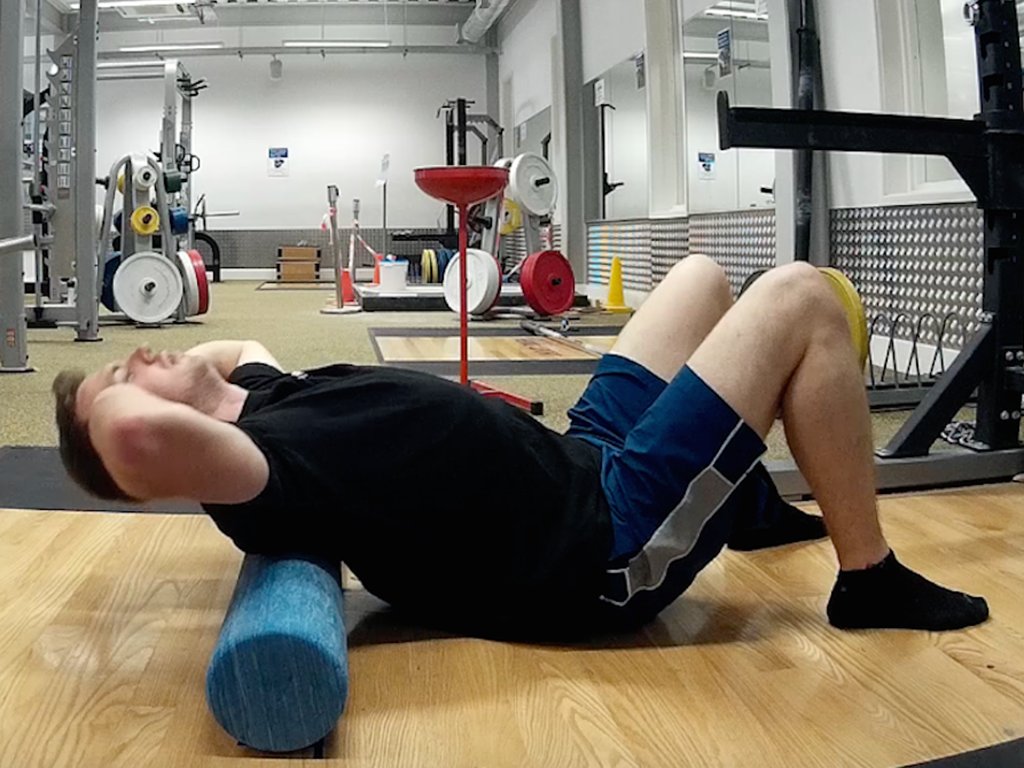
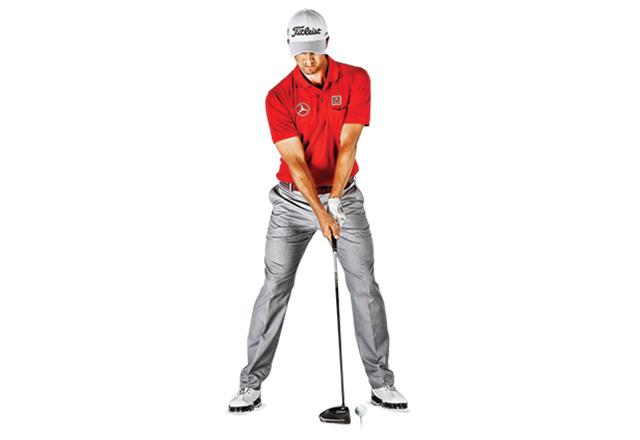












KoreanSlumLord
Sep 27, 2016 at 10:43 am
No